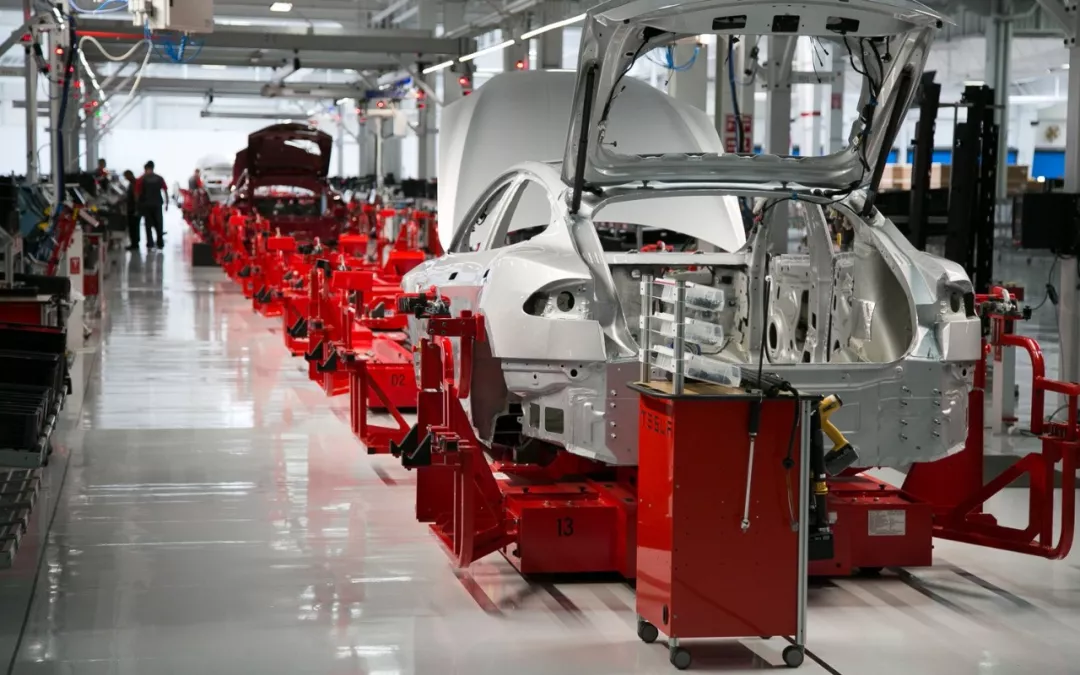Since its groundbreaking on January 17, Tesla Shanghai Gigafactory 3 has been rising rapidly with tremendous speed. Many people are curious about why Shanghai has tilted its land and policy resources to attract Tesla’s wholly-owned factory. What is the function of the Shanghai Gigafactory? Why is the factory still iterating?
We have compiled the design concepts and construction progress of Tesla’s Gigafactory 1, which has been built in Nevada since 2013, and attempted to answer the above questions.
Gigafactory 1: A Replicable, Rapidly-Iterating, Scalable Giant Machine
Elon Musk first publicly proposed the idea of building Tesla’s Gigafactory 1 in 2013. In November 2013, Elon told analysts that he was considering “a really giant facility, comparable to all lithium-ion production in the world in one factory,” to ensure stable battery supply for Model S, the soon-to-be-released SUV Model X, and Tesla’s third-generation model (the product name of Model 3 was not yet determined).
At that time, Tesla’s production capacity for Model S was only 550 vehicles per week, but Tesla stated in its filing with the SEC: “It’s not market demand that’s limiting us; it’s the supply of battery cells.”
The supplier mentioned here is Panasonic. In fact, as early as 2011, Tesla had signed a supply agreement with Panasonic for a total of 640 million 18650 battery cells. By October 2013, the two sides had renewed the agreement to increase the supply to 1.8 billion cells, an increase of 200%.
Of course, “1.8 billion” was just a stop-gap measure, and Gigafactory 1 was already on the way.
On July 31, 2014, after comprehensive inspections of about 100 regions in North America and Asia, Tesla finally reached a historic agreement with Panasonic to build Gigafactory 1 in Nevada, US.
According to the agreement, Tesla is responsible for preparation, provision, and management of land, buildings, and utilities. Panasonic is responsible for producing and supplying cylindrical battery cells, and invests in equipment, machinery, and other manufacturing tools on the basis of mutual agreement. Tesla will manufacture battery modules and packs based on battery cells and other components.# Giga 1
Managed by Tesla, Giga 1 is positioned as the primary partner of Tesla’s lithium battery with Panasonic. Panasonic will occupy half of the plant’s production space, while Tesla’s module and key suppliers related to pack assembly lines will occupy the other half of this vertically integrated industrial complex.
Tesla CTO JB Straubel said that Giga 1 represents a fundamental change in the way large-scale batteries are produced, not only to meet the demand for Model 3 batteries, but also to create conditions for the cost reduction of various energy storage applications.
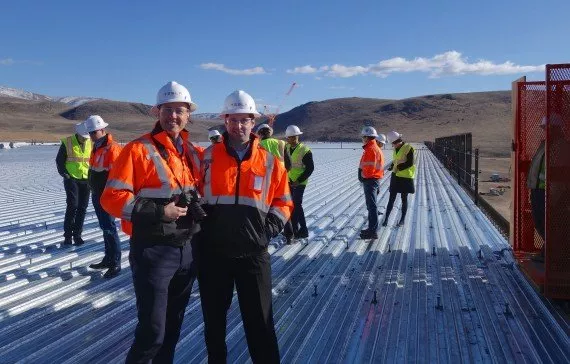
JB Straubel at Giga 1
Tesla noted in a statement that the cost reduction of batteries will be achieved through process optimization, which is driven by economies of scale that no current battery manufacturer possesses.
A further method of cost reduction is to redesign and optimize the specifications and performance of cells for automotive use cases, eliminate packaging, transportation, and tariffs, and manufacture in factories with low utility and operating costs.
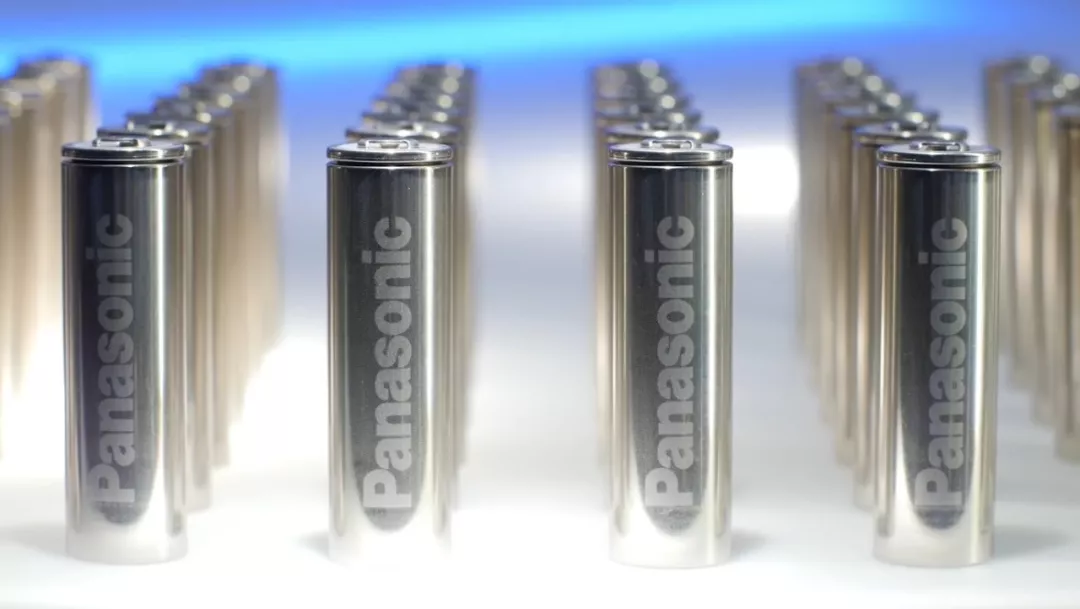
In fact, as early as the beginning of the construction of the plant in 2014, Elon and JB Straubel were preparing for the R&D of 2170 batteries.
Although the co-construction contract with Panasonic was not signed until July 31, Tesla’s construction team had already entered the Spark suburb of Nevada as early as June. Below are the earliest construction photos.
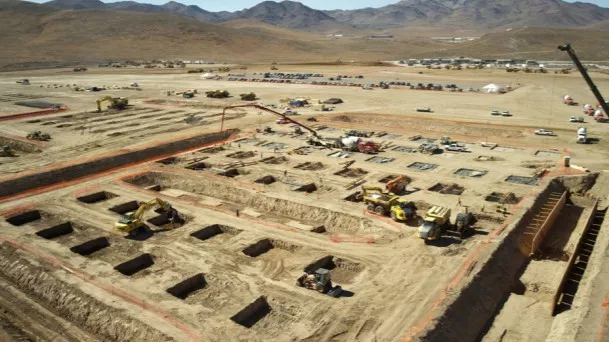
On January 4, 2017, Tesla held Tesla Gigafactory 1 Investors Day at Giga 1 where Elon introduced the design concept and construction progress of Giga 1 to investors.
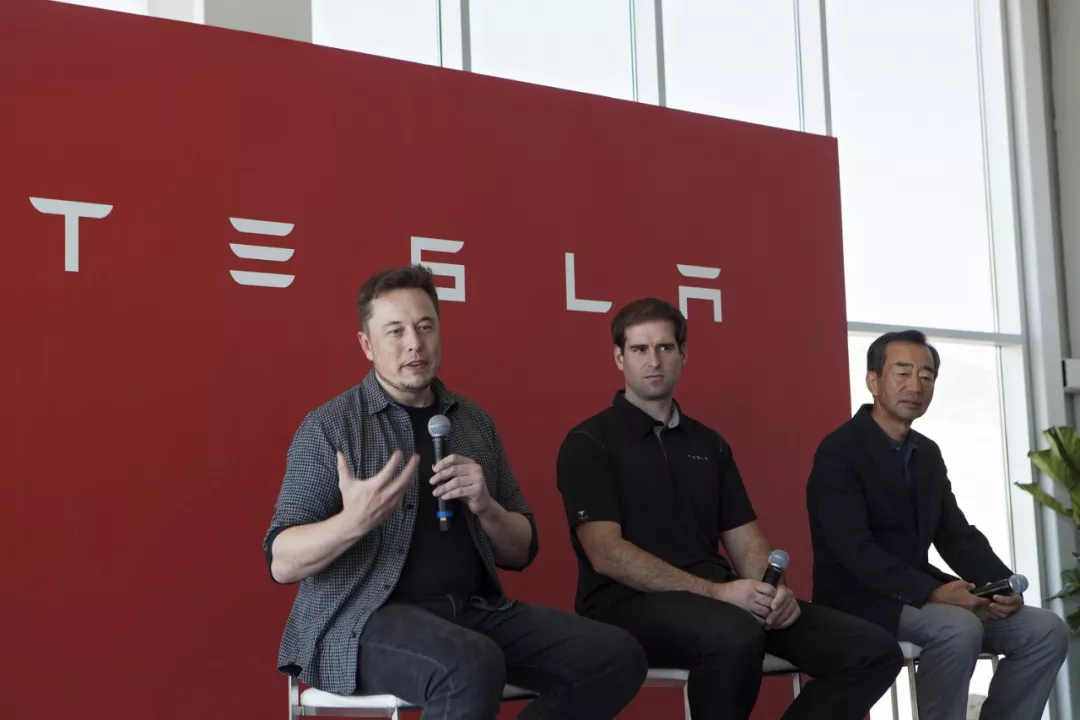 Giga 1 is the world’s leading battery production equipment, which can achieve the lowest equipment capital investment per GWh and the lowest manufacturing cost per kWh of the battery while maintaining high productivity and efficiency. Note that Giga 1 is not a factory, but a production equipment that produces battery cells, battery packs, energy storage products, and automotive parts. After the completion of Phase II construction, Giga 1’s battery cell production capacity will reach 35 GWh/year and battery pack production capacity will reach 50 GWh/year, exceeding the total production capacity of all other power battery suppliers in the world in 2013. The production capacity can meet the demand for batteries of 500,000 Tesla cars and energy storage products.
Giga 1 is the world’s leading battery production equipment, which can achieve the lowest equipment capital investment per GWh and the lowest manufacturing cost per kWh of the battery while maintaining high productivity and efficiency. Note that Giga 1 is not a factory, but a production equipment that produces battery cells, battery packs, energy storage products, and automotive parts. After the completion of Phase II construction, Giga 1’s battery cell production capacity will reach 35 GWh/year and battery pack production capacity will reach 50 GWh/year, exceeding the total production capacity of all other power battery suppliers in the world in 2013. The production capacity can meet the demand for batteries of 500,000 Tesla cars and energy storage products.
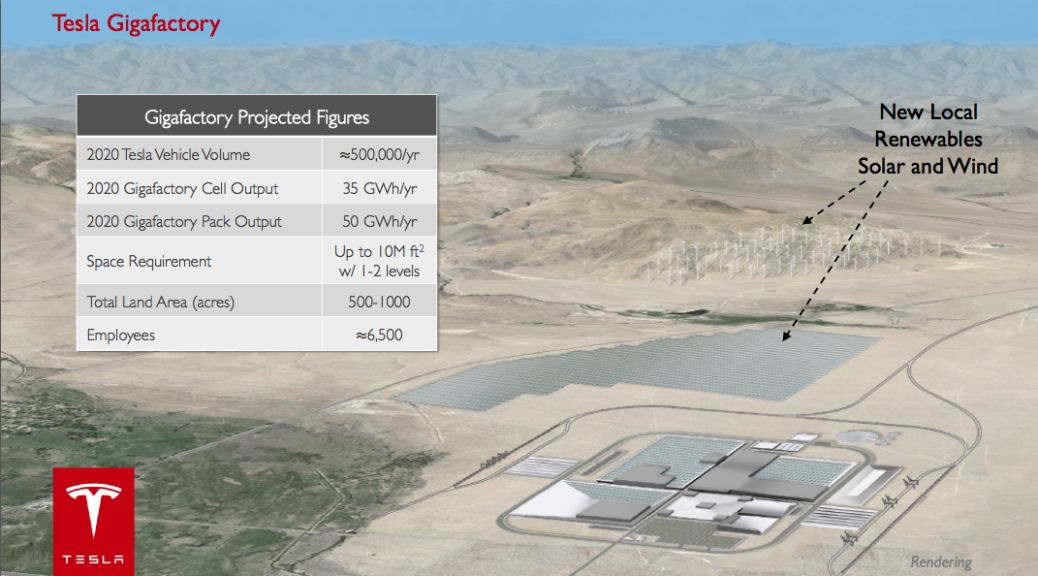
The design concept of Giga 1 by Tesla is impressive:
As a single product, Giga 1 is designed as a highly automated and integrated system that will be replicated around the world; Giga 1 is highly flexible and capable of adapting to the iteration of energy storage chemicals and components; and Giga 1 is scalable, supporting further capital investment in equipment to promote capacity growth with the increase in demand.
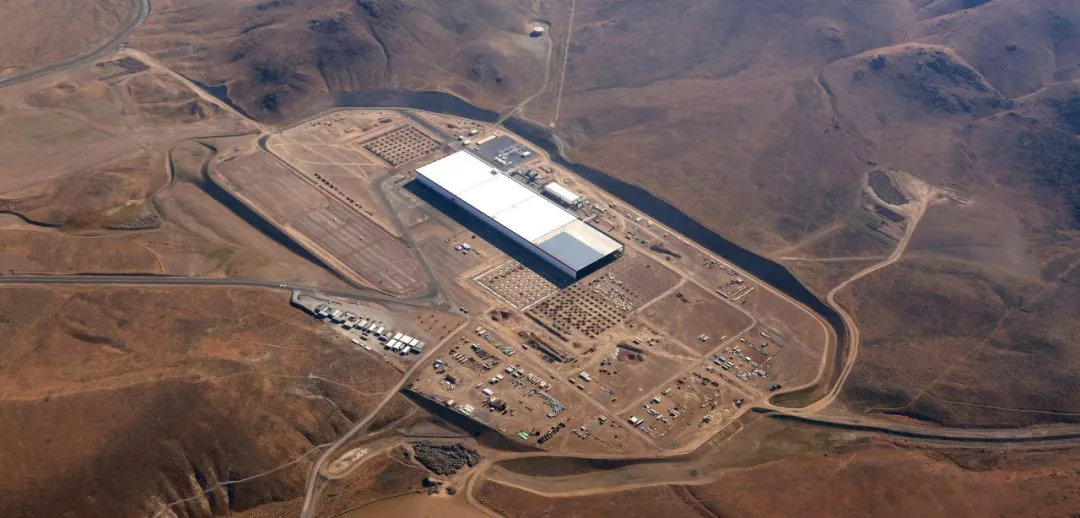
Modular and rapid iteration
The key words are replicability, rapid iteration, and scalability. Most importantly, Tesla regards Giga 1 as a product. At the 2017 Tesla earnings conference, Elon and JB Straubel further explained the importance of thinking of the factory as a product.
The fundamental differentiation is to actually treat the factory as a product, to build a rather vertically integrated product. Look at the problems encountered in factory construction more as engineering or technical challenges to solve.
So, how does product thinking deeply affect the construction of the factory to achieve the goal of “achieving the lowest equipment capital investment per GWh while maintaining high productivity and efficiency”?
Elon listed the following four points:
- independent design and construction process
- increased equipment production density and production speed
- thoughtful facility system and equipment design, layout, and implementation
- innovative construction technology to reduce land, building, infrastructure, material, and labor costs
How to achieve the lowest manufacturing cost per kWh of the battery? JB Straubel listed six solutions.- Strive for localization as much as possible to reduce tariffs and investment costs (raw materials, parts, labor, energy, water).
- Redesign the entire supply chain to meet higher production capacity and customized component needs, while reducing transportation costs.
- Improve battery cell design to increase energy density and optimize specifications (2170 vs 18650).
- Improve module and Pack design to increase Pack energy density.
- Increase automation rate and process design, improve yield, reduce scrap costs, and improve on-site reliability.
- Reduce unit equipment capital investment and depreciation costs.
So what is product thinking? We can explain it like this, how was Model 3 built, is how Giga 1 was built.
The “fast iteration” feature of Giga 1 reflects the classic “design-build-test” iterative process in product development, while the “scalable” feature is the embodiment of moving from small-scale production to incremental production at the end of the detailed design stage.
Elon and JB Straubel’s ten factory construction strategies, and the innovations and improvements made by Model 3 in design, engineering, three-electrics, and electronic and electrical architecture, etc., have no essential differences from the perspective of product thinking.
In July 2014, Tesla announced an investment of $5 billion in Giga 1 design with a maximum capacity of 50 GWh/year. But by the end of 2018, Tesla and Panasonic and the supplier cluster had invested $6 billion in Giga 1, but the annualized capacity was only 24 GWh/year.
Why is there such a big gap?
Today’s Giga 1 has 2170 battery cells, module and Pack automation lines; Model 3 motor, differential, and electric drive assembly lines; energy storage battery and solar panel production lines; as well as H&T’s Model 3 component production lines for precision metal and plastic molding parts and Tier 1 Valeo’s Model 3 headlight production line.
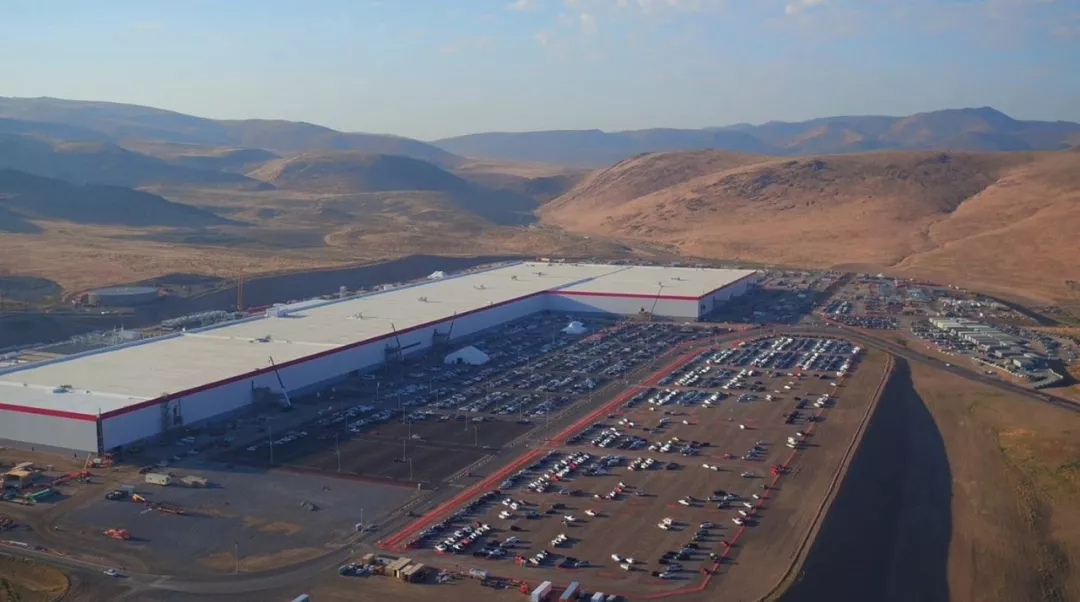
So, its functions and positioning have undergone significant changes compared to the original “super battery factory”, which is also a manifestation of “fast iteration” thinking.
We must truly view Giga 1 as Tesla’s largest product designed, developed, and manufactured independently, as a giant machine, and this is very important.On November 29, 2017, the 2170 battery module production line became the obstacle for Model 3 capacity ramp-up. In the next two quarters, Tesla’s automation factory in Germany, formerly known as Grohmann Engineering and acquired by Tesla at the end of 2016, which had long been committed to the design and development of automated production manufacturing systems, continuously launched new versions of module production lines and air-lifted them to Giga 1 to enhance capacity, led directly by Tesla’s CTO JB Straubel.
My point is that, besides the basic construction costs such as materials, labor, equipment, and utilities, the 6 billion US dollars invested in Giga 1 are mostly for the research and development of automation systems. The battery module production line is a component of this giant machine, and Tesla is committed to improving the automation of module manufacturing to promote the automation of this giant machine.
The result of treating a factory as a product is not only the construction investment, but also huge R&D investment.
On January 7, 2019, Elon Musk and the mayor of Shanghai, Ying Yong, attended the groundbreaking ceremony of Tesla’s Shanghai Super Factory, Gigafactory 3.
Why introduce Tesla? Rather than asking the Shanghai Municipal Government, it might be better to ask the Nevada state government first. After all, the 2014 Tesla had far more uncertainty than the 2019 Tesla.
Giga 1 was originally scheduled to be completed in 2020, with a capacity of 35 GWh/year and an estimated employment of 6,500. But on February 27, 2017, the Nevada governor’s economic development office announced that Tesla Giga 1’s final employee size will be 54% higher than originally forecast, with over 13,000 employees.
By the end of 2018, the employee size of Tesla Giga 1 had reached 7,059, and the expected total investment of Giga 1 reached between 8.8 billion and 10 billion US dollars.Here is the translated English Markdown text with preserved HTML tags:
Next is the supplier cluster ecosystem. As mentioned earlier, as a company pursuing a vertical integration strategy, Tesla is increasingly autonomously developing and producing automotive components, and for those components that do not need to be autonomously developed, Tesla has attracted suppliers such as Panasonic, H&T, and Faurecia to Nevada.
Switch, Jet.com, and Blockchains have also settled in Nevada because of Tesla’s enhanced visibility and infrastructure convenience.
New employment will boost the prosperity of housing, consumption, and infrastructure. The Governor’s Office of Economic Development stated in the “Tesla Economic Impact Study” that Tesla’s major investment has permanently changed the local economic pattern. In the next 20 years, Tesla will create 22,000 jobs and a new economic scale of 100 billion US dollars.
Although Nevada and Shanghai Lingang cannot be directly compared, the impact of the factory on employment and the economy will not be fundamentally different in the two places. From this point of view alone, there is rationality for the Shanghai Municipal Government to strive for Tesla.
In addition, the Giga 1 factory itself will bring more learnable design concepts and construction experience to Giga 3 and other factories in Shanghai. For example, as a Tesla factory, what is driving Giga 1’s energy?
Giga 1 is a fully electric factory that does not directly consume any fossil fuels (natural gas or oil). Tesla realizes 100% sustainable energy supply through a combination of a 70 MW solar roof and solar ground installation. The solar roof array is 7 times larger than the current largest roof solar system. In addition, the pure electric factory improves its own efficiency while emitting zero carbon. A significant portion of building heating is provided by the waste heat recovered during the production process.
Giga 1’s closed-loop water supply system uses six different treatment systems to effectively recycle about 1.5 million liters of water. Compared with the standard process, freshwater usage is reduced by 80%.
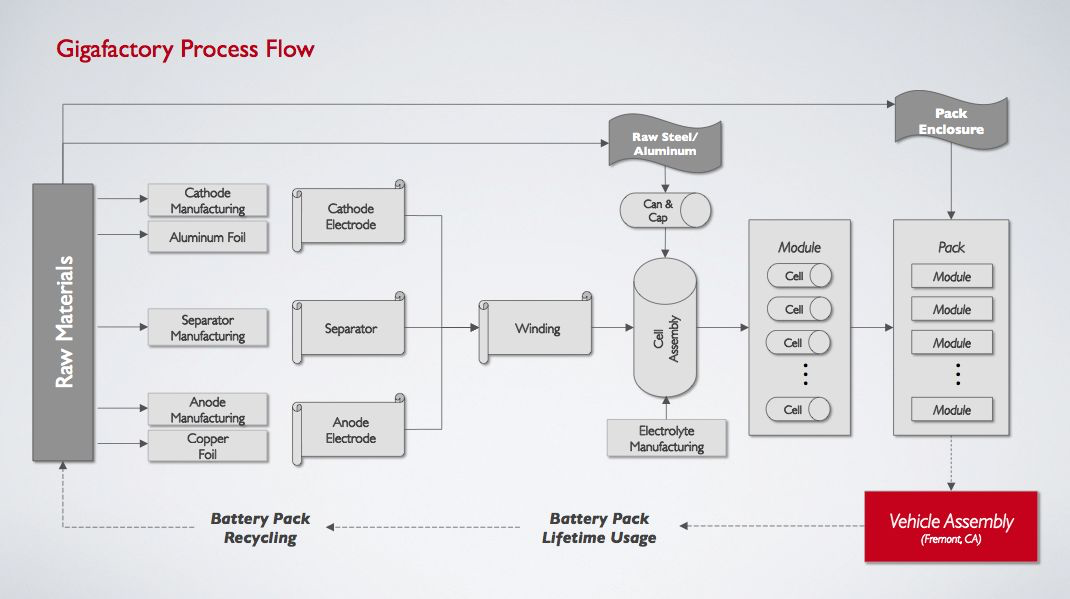
Finally, Tesla has established a secondhand and non-compliant battery recycling line at Giga 1, which can safely decompose all types of Tesla’s battery cells, modules, and packs for reuse in the production of new battery cells.
Therefore, aside from the boost employment and the economy, the advancedness of the factory itself is a reason to introduce it.
Of course, Elon Musk has twice visited Zhongnanhai to negotiate with national leaders to get Giga 3 in Shanghai. For a project of this level, the demands of the Shanghai Municipal Government are certainly not just for “introducing an advanced factory”.The core demand is for Tesla to lead the market for intelligent electric vehicles and drive the three-electricity industry chain in the Yangtze River Delta and even China to a higher level.
As early as November 2018, Elon explained the details of Giga 3’s battery supply on Twitter: Tesla is responsible for the manufacture of modules and packs, and cell production will be localized by several companies including Panasonic to start production as soon as possible.
However, with rumors circulating about the strained relationship between Tesla and Panasonic, Panasonic President Kazuhiro Tsuga revealed the truth about multiple suppliers:
Now because of the promotion of Tesla’s business in China, Tesla is considering a multi-supplier structure. This is meaningful for Tesla because the nature of their business in China is very special. Perhaps they need such a structure to get approval from the Chinese authorities. So for Tesla, they are more willing to start considering a multi-supplier model, but this does not mean that our relationship has been damaged and become unstable. We have a very, very solid relationship with Tesla.
Therefore, why did the Shanghai municipal government strive for Tesla’s factory? Because the global automotive industry is turning to electrification, and Tesla is the leader in the smart electric vehicle market, and Shanghai needs Tesla.
From Giga 1 to Giga 3
As Tesla’s first overseas super factory, how will Tesla build Giga 3?
Returning to the product characteristics of Giga 1: replicable, rapid iteration, and scalable. Elon once said, “We will produce and manufacture factories.” Therefore, Giga 3 will first be a replica of Giga 1 in many levels. You can also understand it as the second Giga 1.
JB Straubel mentioned Tesla’s strategy for Giga 3 at the Q2 2018 financial conference: We regard Giga 1 as the largest product created by the company, so all the knowledge learned in the product development process will be shared with the Giga 3 factory construction team to achieve the same production capacity scale with less than half of the investment.
The investment amount of Giga 3 is 2 billion US dollars, and the designed capacity is 500,000 vehicles per year. Consistent with the “replicable, rapidly iterated, and scalable” product thinking of Giga 1, this is the same as Giga 1 for Giga 3.
Of course, Giga 3 also has some differences from Giga 1. First, it is the aforementioned multi-supplier structure. What role will Panasonic play in Giga 3?It is certain that Gigafactory 3’s battery cell supplier is Panasonic, which is a “very core partner” of Tesla, as stated by Panasonic Executive Vice President, Yoshihiko Yamada.
“I want to specifically mention the relationship between Panasonic and Tesla. Five or six years ago we had a traditional business relationship as a supplier and a customer. But after we invested in Gigafactory 1, our relationship has become very close and unique. Today’s battery production capacity is triple what it used to be, and why is that? It is the result of working together with Tesla and Panasonic employees. We do not have a simple buyer and supplier relationship; this kind of relationship is new in the business world,” Yamada said.
According to Tsuga, Panasonic is discussing battery production with Tesla in China. “Panasonic may conduct any necessary investments under the leadership of Tesla, but a detailed time schedule has not been decided. Tesla will produce locally in China, and Panasonic can jointly produce.”
The second differentiation between Gigafactory 3 and Gigafactory 1 is the huge difference in engineering and construction capabilities.
Five years after the groundbreaking of Gigafactory 1, its completion rate is only 30%. In fact, since May 2017, there have been no significant updates on the physical construction progress. So far, Gigafactory 1 has built 13 battery pack production lines, and three new version lines have not yet been put into operation. The remaining 10 production lines have a normal operating time of 40% with an annual capacity of 24 GWh. With the growth of Model 3 production capacity, the capacity can be increased to 35 GWh per year.
What about the Shanghai Gigafactory 3? The groundbreaking ceremony took place in January, and it is scheduled to be put into operation in December, according to Tesla’s plan.
Perhaps we can make a more specific comparison. The following is the groundbreaking of Giga 1 in July 2014.
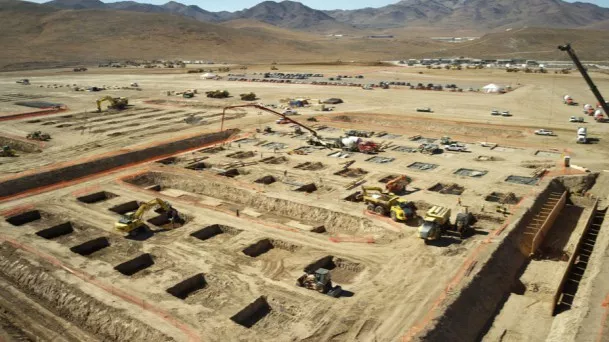
The following is the construction progress of Giga 1 in February 2015 after seven months.
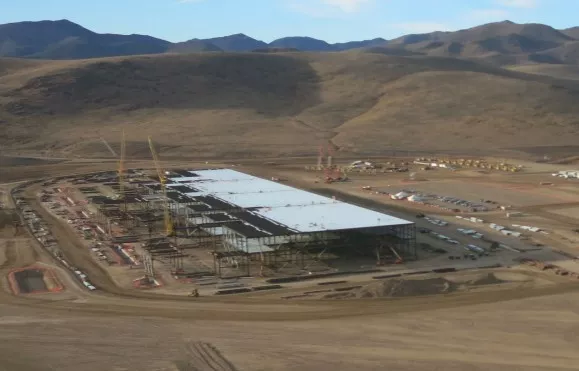
The following is the groundbreaking of Shanghai Giga 3 in January 2019.
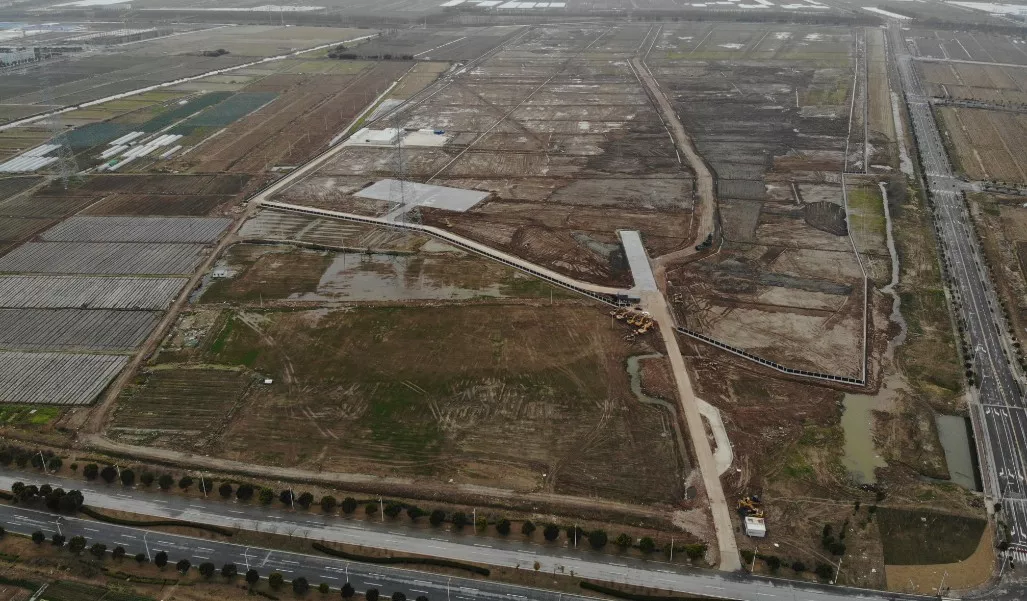
The following is the construction progress of Shanghai Giga 3 in May 2019 after four months.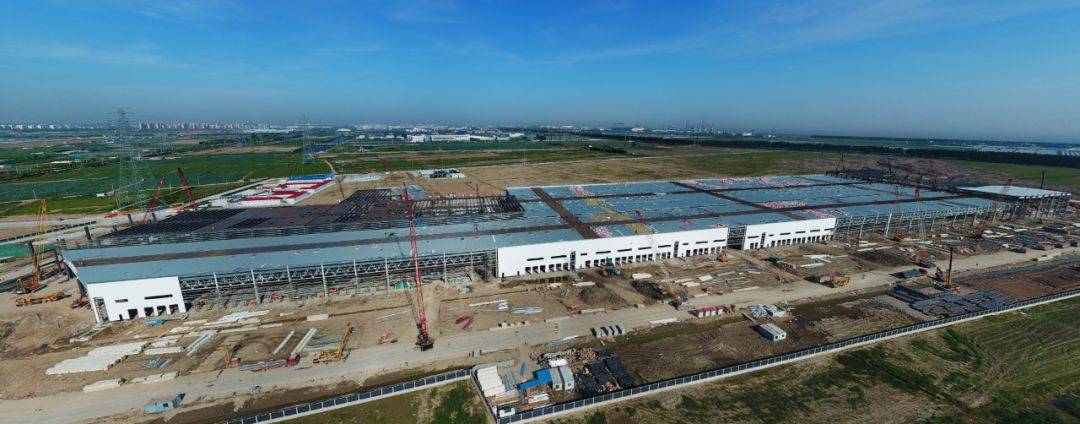
Image from Yang Cong
On the land where China is obsessed with infrastructure, what new stories will Tesla unfold? Let us look forward to the roll-off of the first domestically-produced Model 3.
Ending with Tesla’s description of the collaboration between the two parties:
Since Tesla and Panasonic’s partnership began in 2006, Panasonic has brought funding and extensive experience in battery manufacturing, while Tesla has provided creative first-principles thinking, a clear vision, rapid execution, and ultimate product design and requirements.
Today, Tesla’s Gigafactory marks a fresh new start.
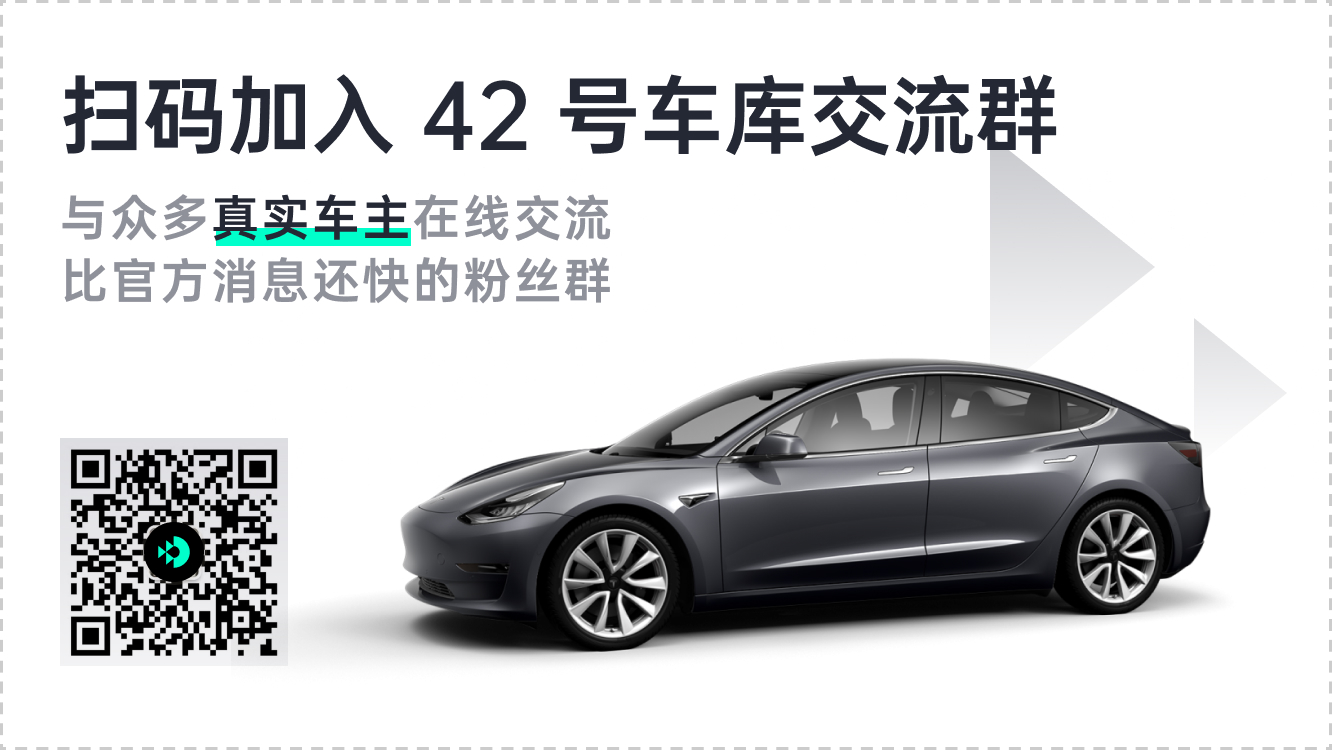
This article is a translation by ChatGPT of a Chinese report from 42HOW. If you have any questions about it, please email bd@42how.com.
